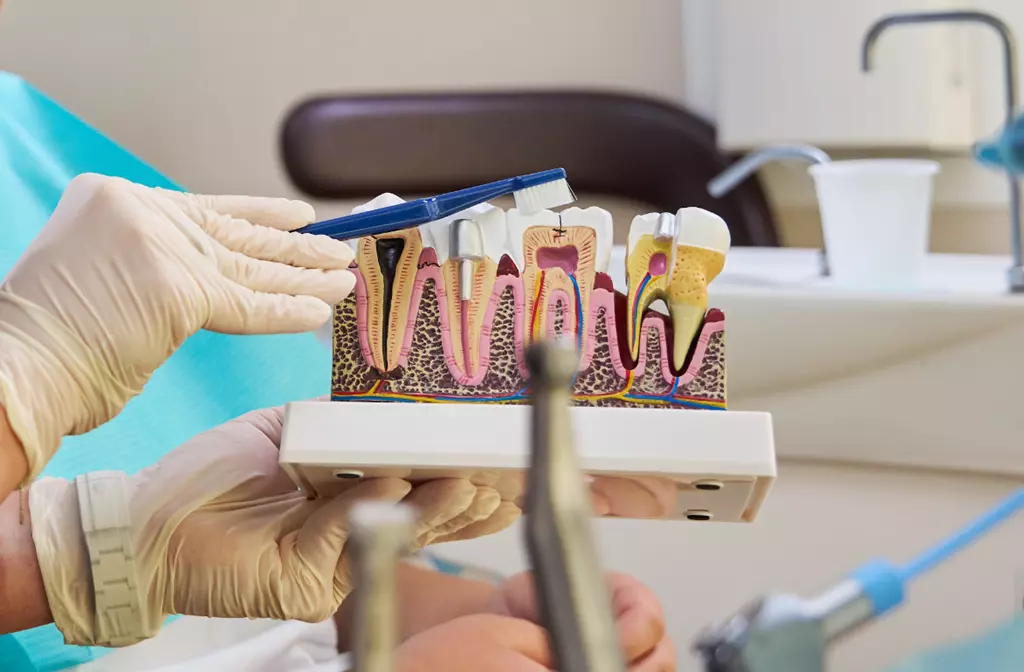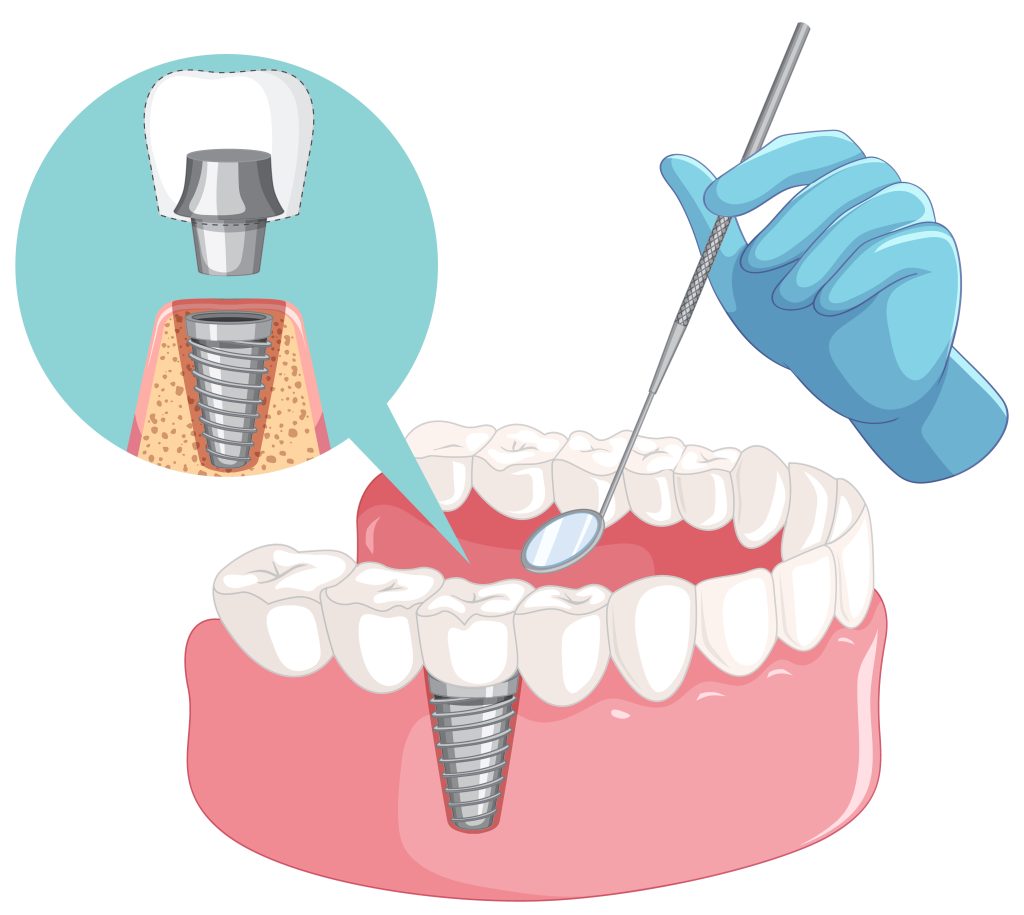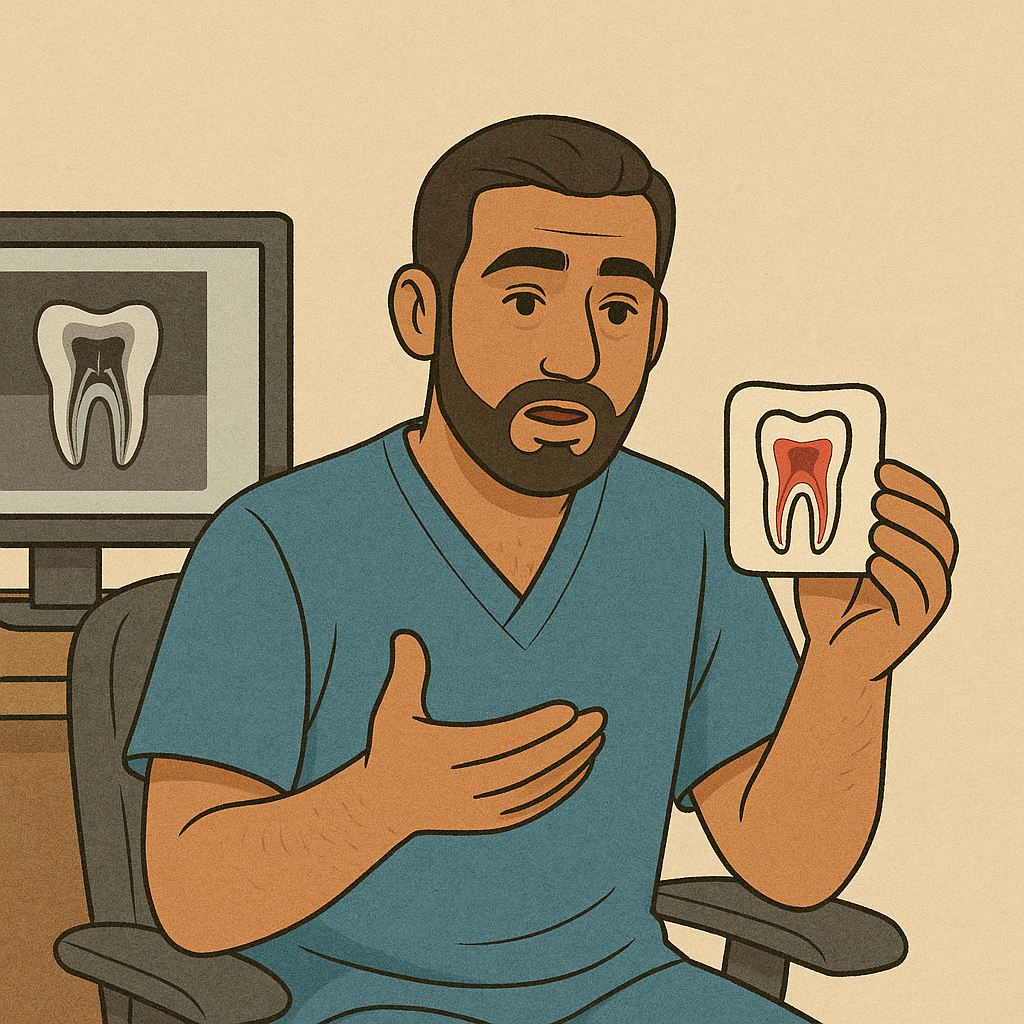Single-Stage Implantation with Immediate Loading: Procedure, Benefits, and Aftercare
When Is Single-Stage Implantation Recommended?
A dentist may suggest this procedure in the following cases:
- Strong Bone Density – The jawbone must be dense enough to support an immediate implant.
- Non-Infected Extraction Site – Ideal when no infection or severe inflammation is present.
- Aesthetic Concerns – Commonly used for front teeth where immediate restoration is desirable.
- Patient Preference – Suitable for individuals wanting to avoid multiple surgeries.
- Time-Sensitive Cases – Ideal for those who need a faster tooth replacement solution.
The Single-Stage Implantation Procedure
1. Initial Consultation and Assessment
- A thorough evaluation with X-rays or CT scans to determine bone quality and implant suitability.
- Discussion of the patient’s dental history and expectations.
2. Tooth Extraction (If Required)
- If an existing damaged tooth is present, it is carefully extracted with minimal trauma.
3. Implant Placement
- The implant is inserted into the jawbone, ensuring immediate stability.
4. Immediate Loading with Temporary Crown
- A temporary crown is attached to the implant on the same day, providing immediate aesthetics and function.
- The temporary crown is designed to avoid excessive biting pressure during healing.
5. Healing and Osseointegration
- Over the next 3 to 6 months, the implant fuses with the jawbone while the temporary crown remains in place.
- Patients follow specific aftercare guidelines to ensure successful healing.
6. Final Prosthetic Placement
- Once full osseointegration occurs, the temporary crown is replaced with a permanent custom-made crown.
Benefits of Single-Stage Implantation with Immediate Loading
- Immediate Aesthetic and Functional Results – No need to wait months without a tooth.
- Reduced Treatment Time – Eliminates the need for multiple surgical stages.
- Minimized Bone Loss – Preserves natural bone structure by providing immediate stimulation.
- Fewer Surgical Procedures – Reduces the overall number of visits and healing periods.
- Improved Patient Comfort – Faster recovery and fewer post-surgical complications.
What to Expect After Single-Stage Implantation
- Mild Swelling and Discomfort – Managed with pain relievers and cold compresses.
- Soft Diet – Patients should consume soft foods to minimize pressure on the implant.
- Oral Hygiene Maintenance – Gentle brushing and prescribed rinses help prevent infection.
- Limited Physical Activity – Avoid strenuous activity for the first few days.
Possible Complications and How to Prevent Them
- Infection – Proper oral care and antibiotics help prevent infections.
- Implant Failure – Smoking and insufficient bone integration can affect stability.
- Overloading Risks – Patients must avoid excessive pressure on the temporary crown during healing.
When to Contact a Dentist
Seek immediate care if you experience:
- Persistent pain or swelling beyond the expected healing period.
- Unusual bleeding or pus formation.
- Loosening of the implant or temporary crown.
- Signs of infection, such as fever or bad breath.
Conclusion
Single-stage implantation with immediate loading is an excellent solution for patients who want a faster and more convenient tooth replacement. By combining implant placement and immediate restoration, this method ensures quicker healing and enhanced aesthetics. If you are considering this procedure, consult your dentist to determine if it is the right option for you.




















